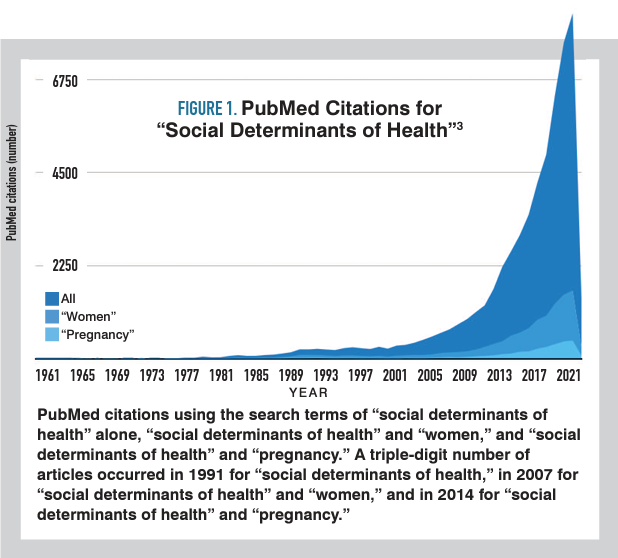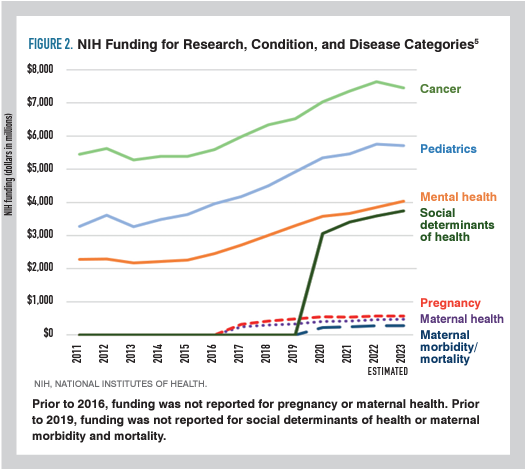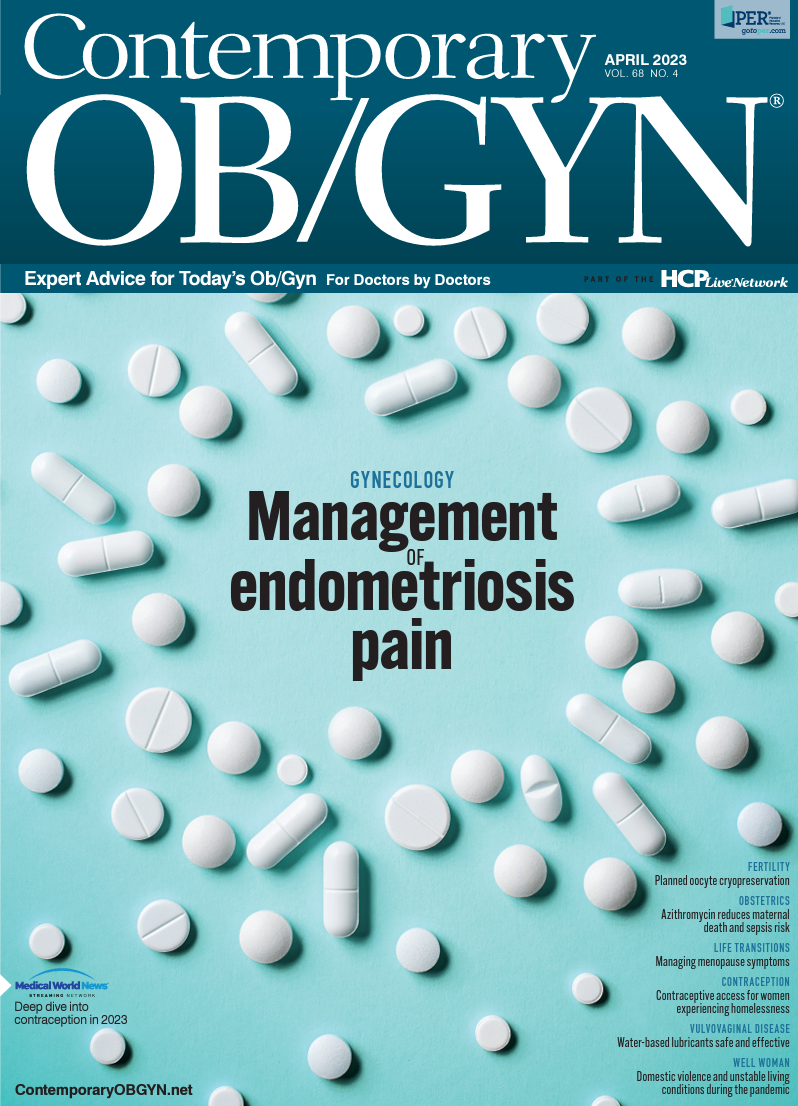Underfunded and unacknowledged
Research shows social determinants of health arena.
Disparities in outcomes—including in obstetrics and gynecology—persist across racial and ethnic lines in part because of social determinants of health (SDOH), which has become an area of interest over the past several decades and seen increased traction in recent years. Defined in the US Department of Health & Human Services’ 2010 Healthy People framework, SDOH encompasses situations faced by individuals that affect their health, including economic stability, neighborhood environment, education, and social and community context. It is estimated that only 20% of health care outcomes are due to health care itself, with 80% attributed to social determinants.1,2
The recent interest and recognition of social determinants in health equity are quantified in peer-reviewed literature. Using the search term “social determinants of health,” the number of articles in PubMed remained under 100 until 1991, with a dramatic increase in the trajectory in 2012 (Figure 1).3 Sixteen years later, articles on SDOH and women surpassed 100 per year. It took 23 years for articles on SDOH and pregnancy to surpass 100 per year. Despite this fact, we have known of this disparity for decades.4

Federally supported research funding in this topic has been similarly delayed, as shown in Figure 2.5 Prior to 2019, SDOH was not a category reported for funding levels. As noted in the graph, the amount of funding has increased in the short time frame reported, surpassing funding for maternal health, pregnancy, and maternal morbidity and mortality. This interest is also demonstrated from a recent search of the National Institutes of Health, showing more than 400 active funding notices that include a component of SDOH.6

As obstetrician-gynecologists, understanding the role of SDOH for our patients and their health care outcomes is beneficial in providing care. Asking about and understanding their housing, transportation, and neighborhood conditions allow ob-gyns the opportunity to address health care issues and may enhance patients’ ability to receive health care. If transportation or childcare is an issue, providing equipment such as a home blood pressure cuff and/or telehealth visits (virtual or audio only) brings the intervention to them and partially removes a barrier to access. Increasingly, community support systems can provide access to nutritious foods, Wi-Fi, and other services. Identifying resources to address SDOH needs, providing SDOH to our patients, and working with our communities to create SDOH has the potential to reduce and improve the disparities in health outcomes.
References:
- The White House. White House blueprint for addressing the maternal health crisis. June 2022. Accessed February 27, 2023. https://www.whitehouse.gov/wp-content/uploads/2022/06/Maternal-Health-Blueprint.pdf
- Wang E, Glazer KB, Howell EA, Janevic TM. Social determinants of pregnancy-related mortality and morbidity in the United States: a systematic review. Obstet Gynecol. 2020;135(4):896-915. doi:10.1097/AOG.0000000000003762
- Social determinants of health. PubMed. Accessed February 27, 2023. https://pubmed.ncbi.nlm.nih.gov/?term=social+determinants+of+health&sort=date&size=100
- Spong CY, Iams J, Goldenberg R, Hauck FR, Willinger M. Disparities in perinatal medicine: preterm birth, stillbirth, and infant mortality. Obstet Gynecol. 2011;117(4):948-955. doi:10.1097/AOG.0b013e318211726f
- Estimates of funding for various research, condition, and disease categories (RCDC). National Institutes of Health RePORT. May 16, 2022. Accessed February 27, 2023. https://report.nih.gov/funding/categorical-spending#/
- Find grant funding. National Institutes of Health Grants & Funding. September 13, 2022. Accessed February 27, 2023. https://grants.nih.gov/funding/searchguide/index.html

